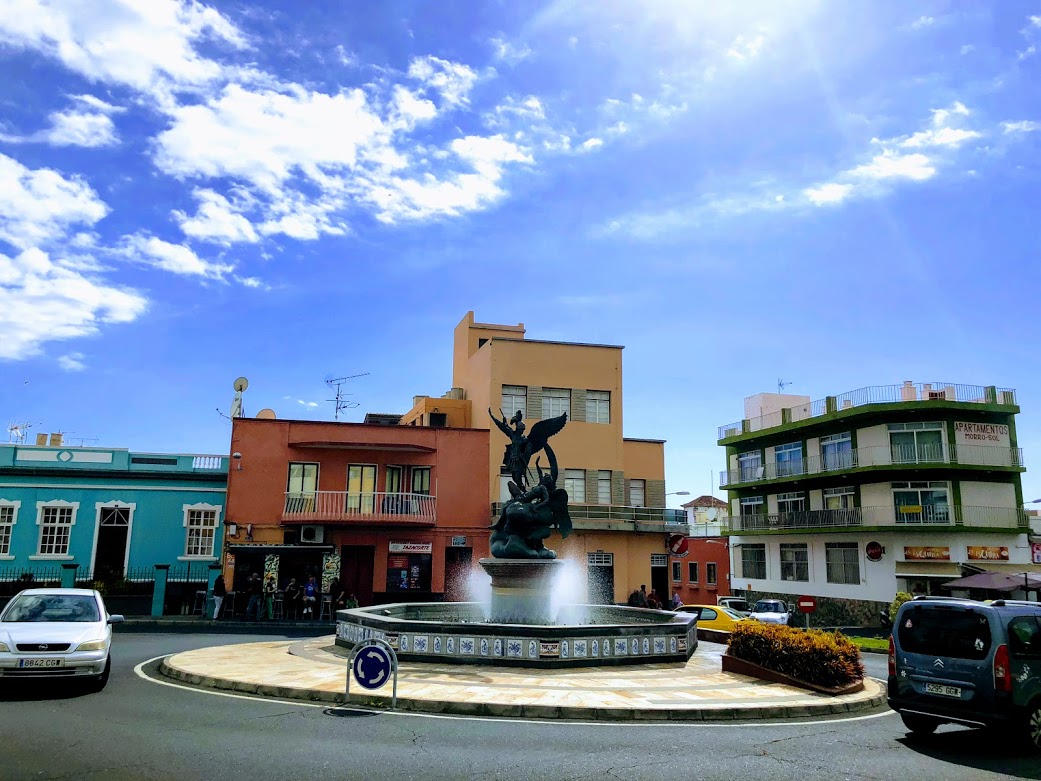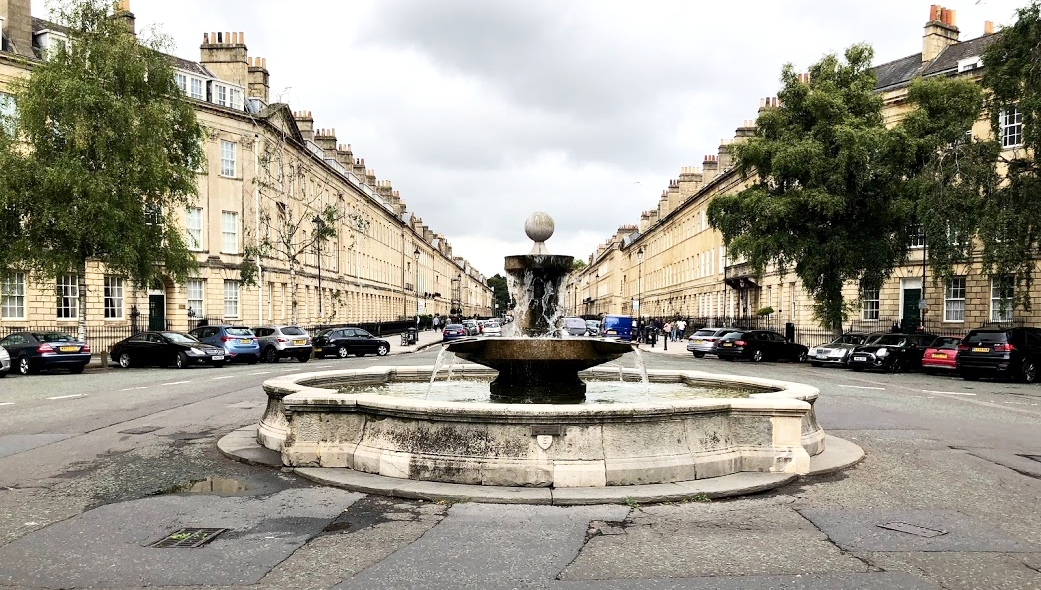Roadway Roundabouts - Europe's way to Reduce Traffic Signals
I’ve seen roundabouts in the United States. They aren’t all that common, but you come across them from time to time. Compared to other countries that we’ve been to, the United States is an extreme outlier.
Most countries that we’ve visited so far opt to use these roundabouts instead of using traffic signals. I believe there were zero working traffic signals remaining in Lanzarote in the canary islands. This isn’t because they can’t afford them though… as I previously thought the case might be for Vietnam when someone told me a story about “the only traffic signal in Vietnam” many years ago. Of course they have a few more now, but the truth of the story is that traffic roundabouts are just more preferred in most countries.
You will find them three in a row sometimes. Or even two that are connected to each other - as we saw in some places near Sheffield, England. However, the drivers are quite well used to driving around them. In fact, I would go so far as to say that people driving in the U.K. are experts at them. They know exactly when to move into the inner lane and when to come out. They use the right signals as they pass each exit on the circle. And they exit as if the circle was never there to begin with, with a fluid transition.
Belgium has some very unique roadways. There are laws that you would never imagine in the United States. People can occasionally just fly out from a side street in front of you while you technically have no stop signs because you’re on a main road. But, they have the right of way if you don’t see a small diamond sign. This is called “priority to the right” and it’s worth looking up if you’re planning on driving in Belgium.
Additionally, large concrete pillars are sometimes in the roadway just to block spots you shouldn’t be in - so, don’t drift! When it comes to traffic circles, though, the Belgians don’t use the inner circles. They seem to only drive in the outer circle lane, possibly to make sure they can always exit without worrying about the “priority to the right” situation.
Either way, Americans typically always use the outer lane as well… but that’s probably because many don’t really know how to use the traffic roundabouts very well anyway. I mean, I don’t think I’ve ever seen them on the DMV tests that they make us take for our drivers license? It was interesting to see instructions in our rental car in Ireland, though. It was very specific - they not only were playing a video, on repeat, in both the rental car kiosk and on the bus on the way to pick up the car, but there was a paper explaining how to make a left turn, go straight, or right turn from a circle in the glove box.
Anyway, it turns out that in our 6 months outside of the United States, we have seen traffic signals just as rarely as we’ve seen traffic roundabouts in the United States. This means that while traffic signals are most commonly used at intersections in the U.S., traffic circles are most commonly used at intersections in other countries.
How well are you at driving around traffic roundabouts?
Thank you VERY much for reading our article. We actually created this website to help people reach financial independence. Did you know that by having a remote job and traveling endlessly, or living in a country that has low costs of living, you can actually reach retirement quicker? Plus, retirement abroad is up to 75 percent cheaper as well! Learn more by exploring our website: EatWanderExplore and REmotiFIRE.
See our Thank You page to sign up for our free weekly newsletter - you’ll receive only 1 email per week letting you know about our latest travel articles, remote-work life, and amazingly affordable destinations!
Found this post useful? Buy us a coffee to help support this site’s running costs OR share this article with a friend.











